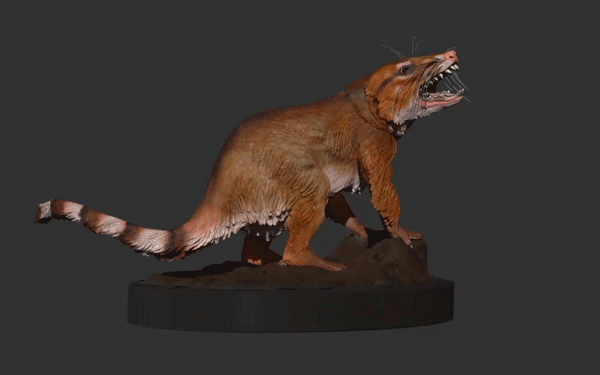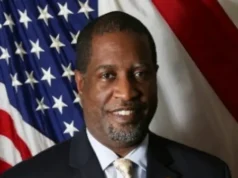
A nearly 130-million year-old fossilized skull found in Utah is evidence that the supercontinent pangea may have split long after scientists previously thought. Veuer’s Sam Berman has the full story.
A 130-million-year-old fossil has revealed that the ancient super-continent Pangaea may have broken apart more slowly than scientists previously thought.
The fossilised skull, which was found in eastern Utah, has revealed an entirely new group of reptile-like mammals that existed in North America.
“Based on the unlikely discovery of this near-complete fossil cranium, we now recognize a new, cosmopolitan group of early mammal relatives,” said lead author Adam Huttenlocker from the University of Southern California.
The newly-found species has been named Cifelliodon wahkarmoosuch in honour of the famed palaeontologist Richard Cifelli and the local Ute tribe’s word for “yellow cat”.
Using high-resolution computed tomography (CT) scanners, the researchers estimated that the creature weighed up to 2.5 pounds (1.1 kg) and was probably the size of a small hare – a giant among its contemporaries at the time
Video by Veuer/Sam Berman[/vc_message]












